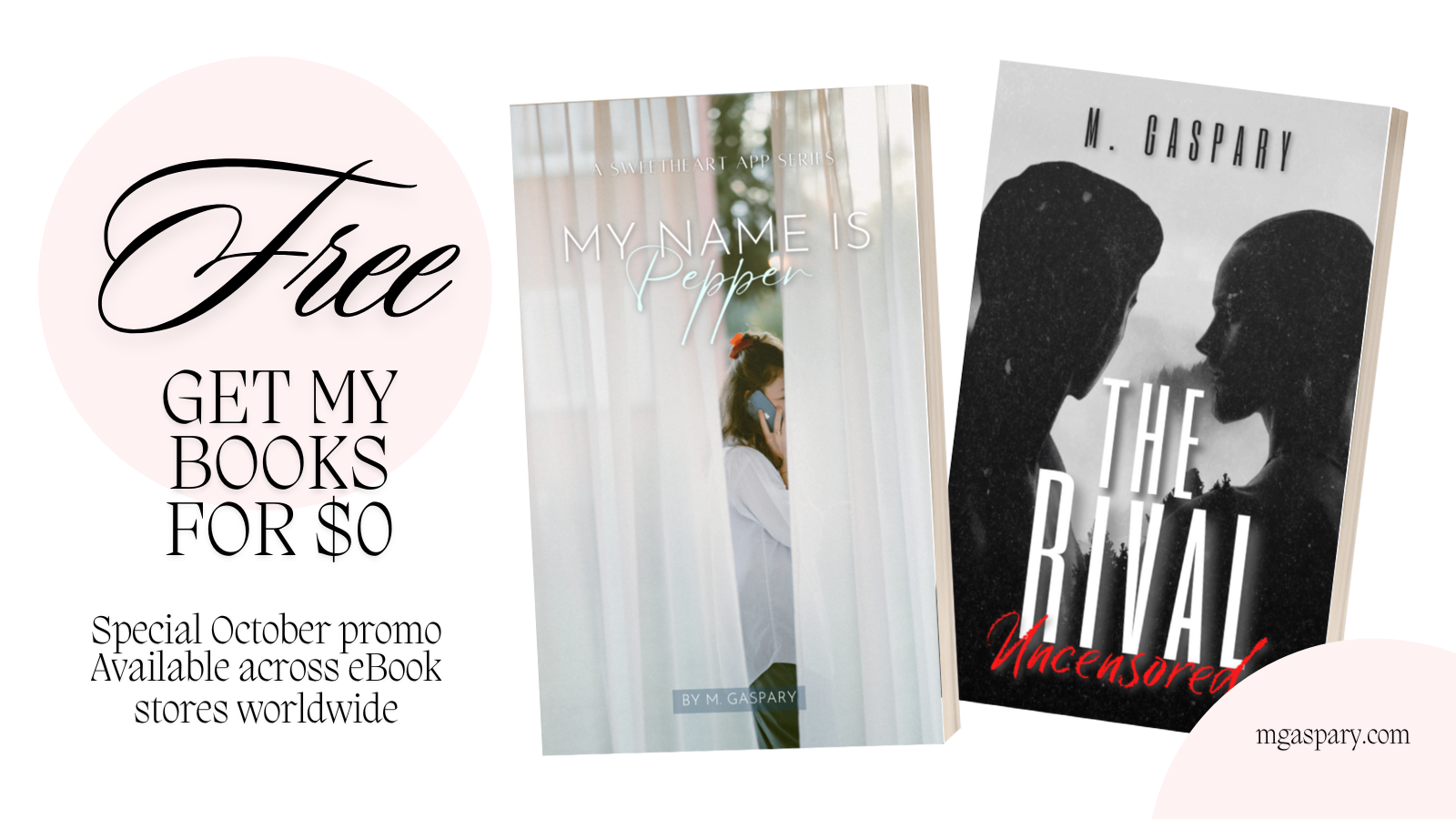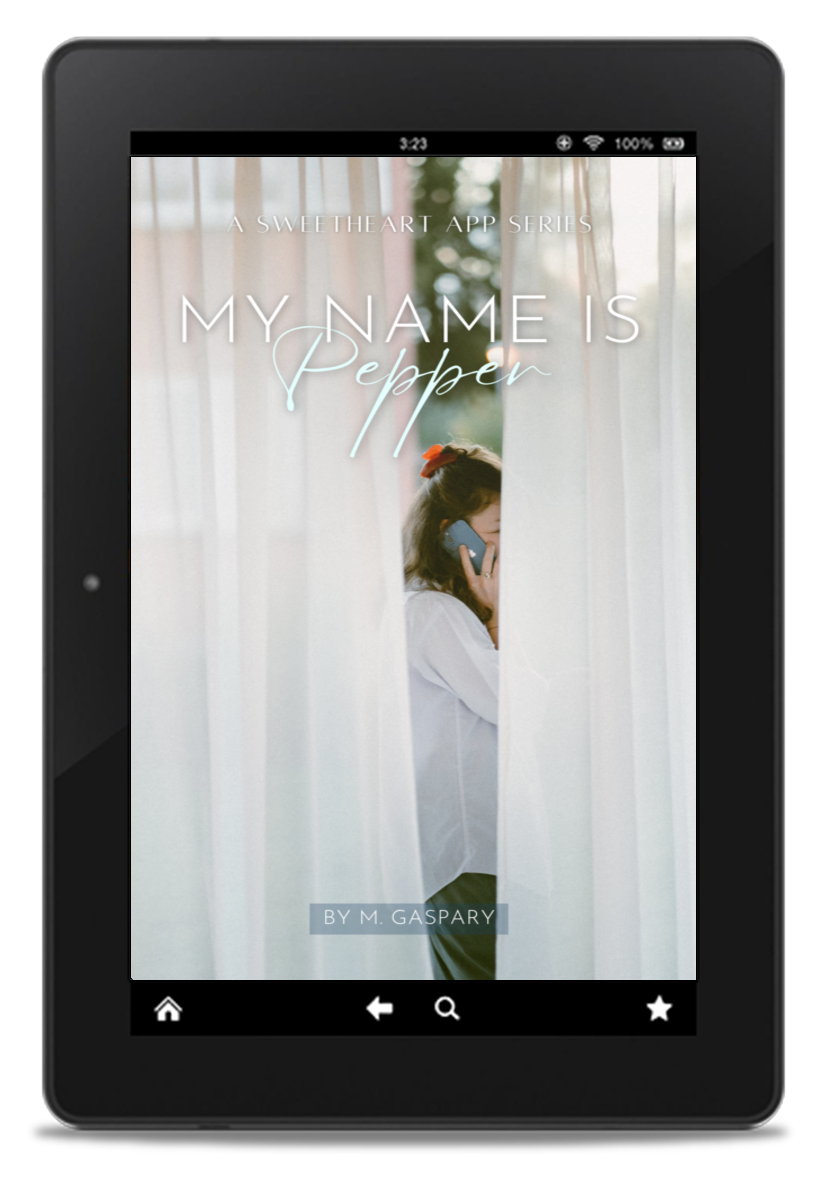When learning how to write a novel for beginners, it’s not about crafting your book’s structure or making sure it has a good chance of becoming a bestseller. These shouldn’t have been your initial driving force.
Instead, strive to create a book that you would love to read and see in stores. Become the author who creates works of literature on par with the great masterpieces we all know, who is an expert at outlining books, and has a compelling storytelling style.
Table of Contents
- How to Write a Novel for Beginners: A Brief Intro
- A. Structured/Rule-Based/Standard Novel Writing Process
- B. Intuitive Novel Writing Process
- A. Structured/Rule-Based/Standard Novel Writing Process
- B. Intuitive Novel Writing Process
- How to Write a Novel For Beginners – Your Final Takeaway
How to Write a Novel for Beginners: A Brief Intro
In this ultimate guide, I divided it into two (2) parts, namely:
- Structured/Rule-Based/Standard Novel Writing Process
- Intuitive Novel Writing Process
The best approach to learning how to write a novel, especially for beginners, would be subjective. It all boils down to what your writing personality is and how your writing routines look. Even seasoned authors don’t follow the same writing procedures, rituals, and schedules.

A. Structured/Rule-Based/Standard Novel Writing Process
- Comprises of writers who are “Outliners”
- Focuses on Creating Novel Outlines
B. Intuitive Novel Writing Process
- Comprises of intuitive writers called the “Pantsers”
- Focuses on the optimal use of intuition, emotion, and perception
These two (2) different novel writing processes follow different dynamics, strengths, and weaknesses by learning about their nature and functions in novel writing. So, don’t fret if you aren’t familiar with any of these because we’ll understand each.
A. Structured/Rule-Based/Standard Novel Writing Process
The structured/rule-based process is the guideline for beginning novel writers. Enter the terms “how to write a novel” or “how to write a novel for beginners” into your search engine to see a clear example.
The bulk of the articles you’ve read online about this subject, as you can see from the first page of Google’s Search Engine Results Page (SERP), I presumed, follow the conventional step-by-step methodology or what I refer to as the structured or rule-based book writing process.
In other words, you learn how to write a novel as a beginner by using a novel outline that includes everything from writing a premise to building your story.
How to create a novel outline
In summary, this is what a basic novel outline would look like:
- Write a solid and straightforward premise.
- Choose your point of view.
- Determine the genre of your novel.
- Create unforgettable main characters.
- Identify the settings for your book.
Let’s take a look at each point.
1. Write a solid and straightforward premise.
The basis of your book is its premise which consists of one to two phrases that clearly describe the subject matter of your novel and the conclusions drawn from the character’s choices or actions. It answers this question, “How can you tell if an [book] idea that delights you now will endure over the lengthy process of generating a book or series of books?”
To develop a solid and concise premise, you must have the following when identifying a promising premise: (not just a book idea, concept, or situation).
- A clear protagonist. Who’s the main character of the story?
- A clear resistance. What’s blocking your main character from achieving what he wants? Who or what stops him from doing what he wants to do with his life or in his journey?
- A clear problem. What is the central conflict that exists in the story? What is the core problem your protagonist has to solve?
- A clear end goal. What drives your protagonist to go through the hurdles of his journey? What does he want to achieve?
The Step-by-Step Process in Creating a Premise
Step 1: Determine your “when” clause to give a vivid picture of your main character.
If we use the same Korean drama series, “What’s Wrong With Secretary Kim,” by Jung Eun-young (based on the famous Korean novel of the same title), we’ll have it this way.
Example: When a narcissistic boss feels strange as his workaholic secretary for 9 years suddenly asks for resignation…
Step 2: Make sure your character joins one to two more supporting characters with purposeful intention.
Example: The narcissistic boss teams up with his best friend, who’s been divorced, to learn the reasons behind her resignation and convince her to stop her leaving the company and continue to work for him as her secretary instead…
Step 3: Use an “until” clause to let an external force generate the disorder or the chaos affecting your protagonist’s decisions towards his end goal.
Example: Until the kidnapping incident taunts him and his secretary, provoking intimacy in their professional relationship to a more romantic one…
Step 4: Use the “leading to” clause to show an end goal your protagonist wants from the beginning.
Example: Leading to the confrontation of the kidnapping incident making the narcissistic boss and the workaholic secretary comfort each other towards healing without knowing the building up of the romance between them.
Step 5: Combine the 4 clauses to make a straightforward premise.
For example: When a narcissistic boss feels strange as his workaholic secretary for 9 years suddenly asks for his resignation, he teams up with his best friend, who’s been divorced, to learn her reasons behind her resignation and convince her to stop leaving the company and continue to work for him as a secretary instead. Until the kidnapping incident taunts the two of them, provoking intimacy in their professional relationship to a more romantic one, leading to the confrontation, making the narcissistic boss and the workaholic secretary comfort each other towards healing without knowing the building up the romance between them.
2. Choose your point of view.
3. Determine the genre of your novel.
Shawn Coyne, founder and author of “The Story Grid,” identifies 12 content genres in fiction, namely: Action, War, Horror, Crime, Thriller, Western/Eastern, Love, Performance, Society, Status, Morality, and Worldview. Each genre comprises the Five (5) Leaf Clover, which summarizes your audience’s expectations for that specific genre, such as objects of desire, core need, core emotion, conventions, and obligatory moments.
Recommended link: Story Grid
4. Create unforgettable main characters.
One author I know, Neilani Alejandrino, the author of The Girl He Never Noticed, shares her method of how she develops her characters as precisely as she can. From eye color, hair color, height, weight, mannerisms, beliefs, motto, and the list goes on, if you can do the same thing as her, great.
5. Identify the settings for your novel.
In this phase, it’s essential to conduct research before writing your story, especially if you’re story involves crime, murder, or business like those of the Billionaire or CEO genre.
For instance, I interviewed an individual working as an account officer of one of the biggest in the country for her input on the acquisition process and what steps are involved or outcomes to make sure I write the book well.
In my book Accidental Quest, I interviewed my neighbor working in a Provincial Court and a Law School graduate of one of the prestigious universities in the country. Similarly, I wanted his input about the crimes and murder, specifically the authorities’ judgment based on the country’s existing laws. I wanted to make sure my plot was as realistic as possible. Because of that, I changed my plot many times to match his answers.
This is why I want you to do in-depth research and interview experts involved in your book if you can. It’s part of your task as an aspiring author. You don’t want to present yourself as a sloppy writer, right?
One of my upcoming books, Bound For Revenge (it’s my first time to reveal the title, though), takes its form from a local carnival. While walking down the main highway to the nearby mall, my sister and I saw the construction of the old-looking carnival. Because of that, my sister suggests the book idea. Through the same technique I taught you earlier, I developed her concept into a premise making the story more substantial and apparent.
My gay romance novel, The Rival, is from the university I graduated from, and so my teen fiction in the Filipino language, 30 Days With Mr. Weirdo. The locations I used in these novels are from my alma mater.
If you’re writing horror, like an author I know, Jakayla Toney, on Wattpad, she refers to the abandoned houses and buildings as inspiration for her horrifying books. I’ve read her books, and it’s effectively used to create an eerie feeling in her works.
When writing your premise today, which spot do you think fits as a reference for your book?
6. Create a Plot Outline
- Act I: Hook
- Act II: Inciting Incident
- Act III: Resolution
Recommended tool: Story Plotter App
7. Create a Chapter Outline
- Hook
- Inciting Incident
- Resolution
If you think this system suits your writing needs, check out my Ultimate Book Writing Planner for fiction and nonfiction writers. I’ve recently created and designed this writer resource with more than 40 pages of worksheets to help you organize your book’s content.
Additional resource: Derek Murphy’s 24-part Novel Writing Template
B. Intuitive Novel Writing Process
Have you heard anything about intuitive writing? How about psychic writing?
If these terms are new to you, here’s a simple definition of an intuitive novel writing process to start with. Not everyone can follow the standard tips on writing a novel or structured writing process, especially intuitive writers like me.
The best writing approach for INFJ writers
If you’re an INFJ writer, you likely belong to this group that utilizes and maximizes our God-given creative writing capabilities using the Intuitive Novel Writing Process.
Unlike the Structured/Rule-Based process, we don’t rely on novel outlines because it involves optimal use of one’s intuition, emotion, and perception. Instead of creating an outline, you design the writing process and establish routines that work best for you.
Simply put, this group of writers does NOT follow the standard rules of novel writing. Instead of creating outlines, we spend time listening to our innermost thoughts and interacting with our characters.
One of those routines I discovered was the Index Card Technique, ensuring I recorded each event, image, or scene as soon as I saw it whenever and wherever I was. Other intuitive writers take advantage of writing prompts and setting timers to keep them moving forward.
Lauren Sapala, author of “The INFJ Writer,” shares a similar experience in her book in which she describes the “INFJ Psychic Ability and Character Development,” in which she says,
“For me, writing a work of fiction always begins with a character showing up in my head, telling me something very important. Before I wrote my first novel, the main character announced himself only through his voice. I didn’t know his name; I didn’t know anything about him. He was just this voice in my head and I could hear him very clearly. He said, “I have to explain to you why I killed my father.” He repeated this statement, over and over, for weeks, until I did something about it. The “something” was sitting down to write.”
Lauren Sapala, Author of “The INFJ Writer”
“Heart-Hand Connection”
According to the award-winning author, Jill G. Hall, learning the true power of intuitive writing is “learning to trust the heart-hand connection.”
She described this process in her article published in Writer’s Digest: “[Intuitive writing] means letting go of outlines, plans, and expectations and allowing the power of your intuition to guide you through the writing process.”
Further, the Intuitive Novel Writing Process also demands your authentic side of self and vulnerability to make this work for you. Only when you show who you are as a person and human being can you see the best results of the intuitive novel writing process.
If you are new to this idea and want to learn more about how to write a novel using this technique, I highly recommend reading “How Expressive Writing Helps You Overcome Trauma and Boosts Overall Well-Being.”
Here’s another excellent approach to learning to exercise vulnerability in writing and grow as writers. As a starter, get a copy of the “Letters For Your Soul,” a 365-day Reflection Journal, Self-Reflective Writing, and Gratitude Journal, available in eBook and Paperback versions.
How to Write a Novel For Beginners – Your Final Takeaway
Before you depart, I want you to think about what writing style best suits your personality. Your book writing objectives will determine the outcomes regardless of your selected novel writing strategy.
As I stated at the start of this comprehensive guide, learning how to write a novel for beginners isn’t only about developing a writing style, an outline, or the likelihood that it will become a bestseller. It’s a task that only a skilled writer can fully grasp.
Write the book you’ve always wished existed.




Leave a Reply to Margaret Cancel reply